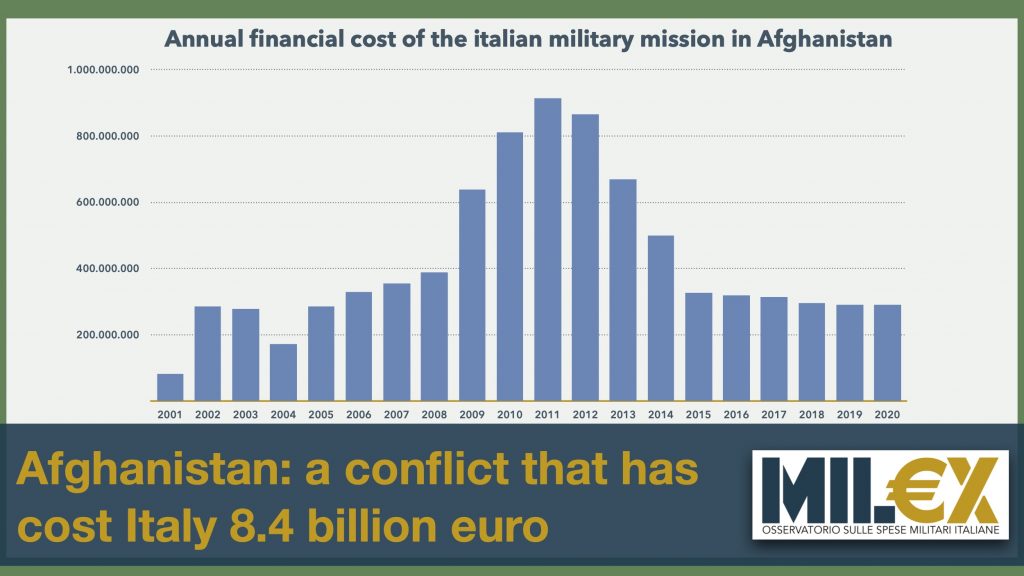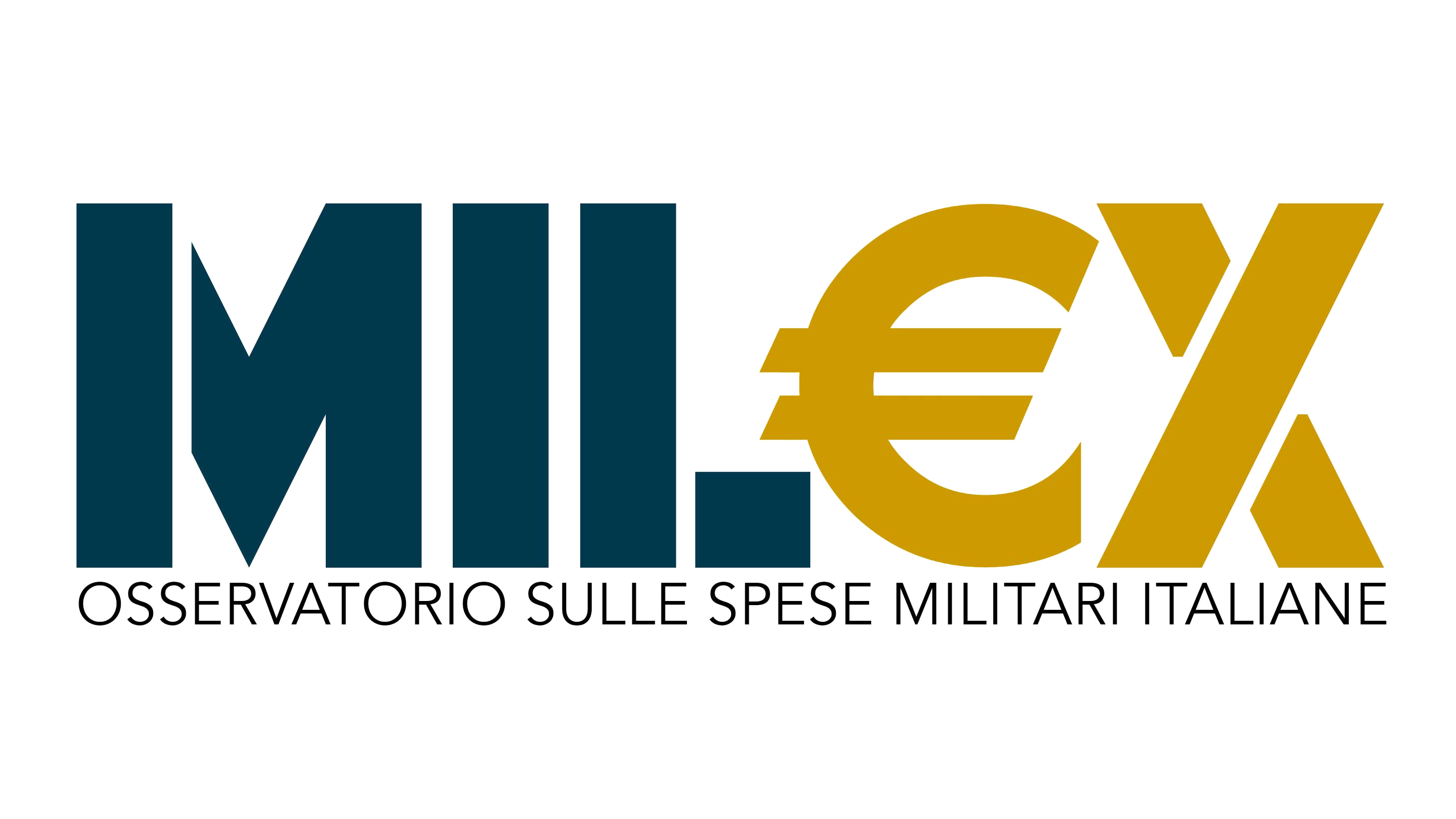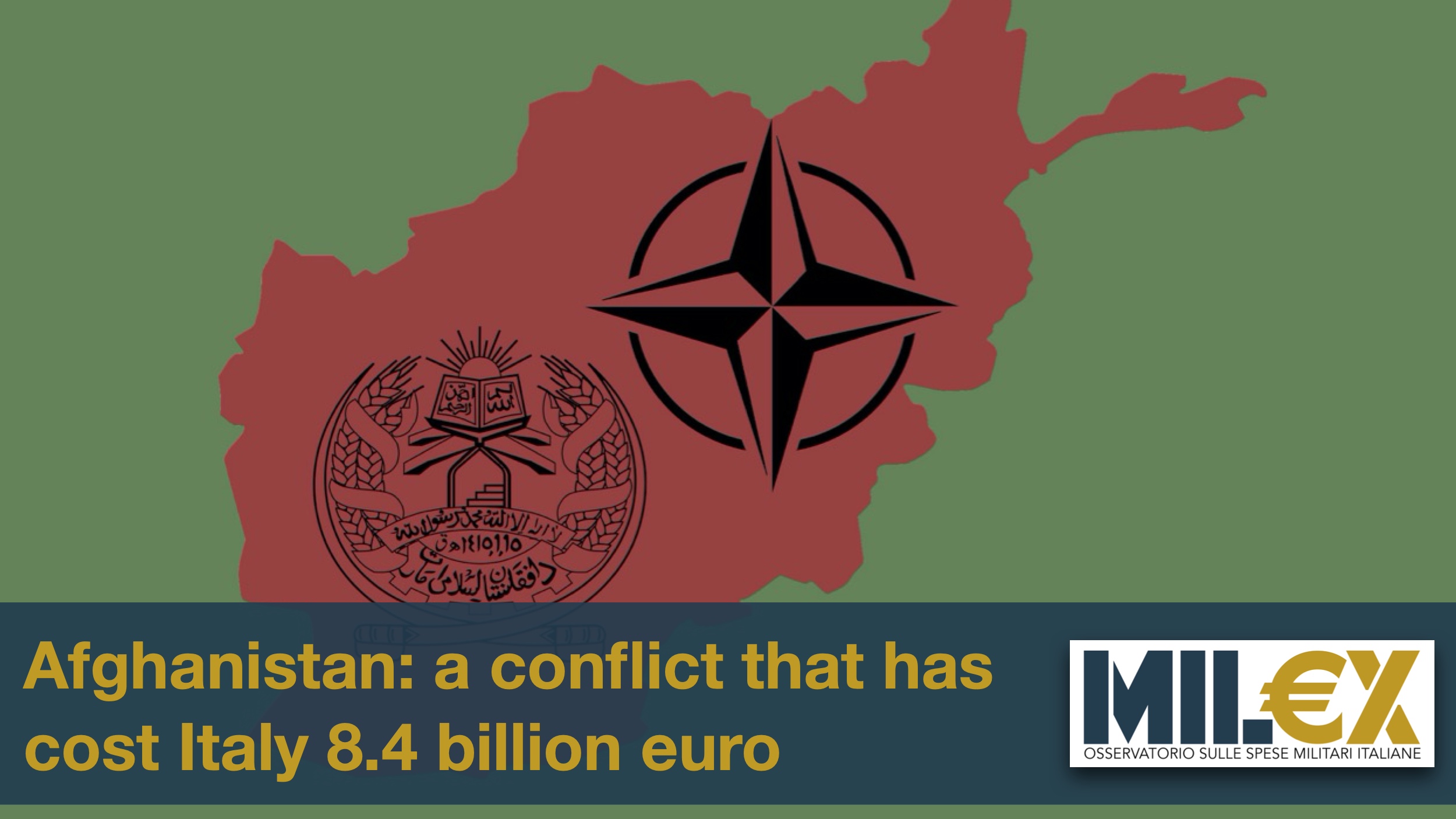By 11 September 2021, US and NATO troops will leave Afghanistan, after twenty years of the so-called ‘war on terror’ that began with the terrorist attacks on the World Trade Center in New York and the Pentagon. This is certainly an important decision (defined as “epochal” by the Italian Foreign Minister) and will start on 1 May 2021 with the beginning of the withdrawal of military contingents. The words of US President Joe Biden were clear: “Since then, our reasons for remaining in Afghanistan are becoming increasingly unclear, even as the terrorist threat that we went to fight evolved. (…) We cannot continue the cycle of extending or expanding our military presence in Afghanistan, hoping to create ideal conditions for the withdrawal, and expecting a different result. (…) I’m now the fourth United States President to preside over American troop presence in Afghanistan: two Republicans, two Democrats. I will not pass this responsibility on to a fifth”.
Leaving to other contexts the assessment of the actual political outcome of this decision, especially with regard to the situation in the Asian country and the real strength of the Taliban groups that will certainly return with force to the centre of the scene for the Government, it is however useful to evaluate the financial cost of the military participation in the conflict. This has certainly been the longest war action in which Italy and its allies have ever participated. The Mil€x Observatory dedicated an in-depth analysis to the issue with a specific Report, published in 2017. Today, we are updating the calculations made at that time, estimating a total outlay of over 8.4 billion euros by 2020. With the troop withdrawal costs that will materialise in 2021, it is very likely that the total will eventually exceed 8.5 billion.
Before going into the details, a premise is useful and necessary: calculating the financial cost of a military campaign abroad in a precise and exhaustive manner is complex because, in addition to the official “direct” costs, there are also “indirect” costs that are not explicitly reported in public documents and are therefore impossible to quantify precisely. We are referring to systemic costs (acquisition of new combat vehicles and new weaponry, updating of existing weapon systems to meet the needs arising during deployment in theatre, restocking of ammunition stocks, specific personnel training and health care costs for wounded and mutilated veterans) that the Defence apparatus and other public administrations have to bear for needs directly linked to ongoing operations, but which are not listed as such and therefore cannot be calculated.
However, it is possible to assess the financial impact borne by Italy in Afghanistan since 2001, starting from the official cost of participation in the military missions in Afghanistan that began in November 2001 (Enduring Freedom until 2006, ISAF until 2014, Resolute Support since 2015). This is 6.77 billion in direct appropriations, which Mil€x was able to evaluate from the data contained in the Government Decrees annually extending the military missions in a first phase and then subsequently from the resolutions adopted by the Council of Ministers under the new rules laid down by the Law on international missions (Law 145 of 2016).
To this ‘net’ cost we have to add 720 million euros in support of the Afghan armed forces and police (120 million per year from 2015) and approximately 925 million in additional expenses related to the transport of troops, vehicles and materials to and from Italy, the construction of bases and other military infrastructure in the theatre, the intelligence support of AISE agents, the active and passive protection of bases, the protection of national diplomatic offices and instrumental military humanitarian activities (CIMIC, classified abroad, more realistically, as Psy Ops, i.e. psychological warfare: aid for information). These overheads were allocated to the deployment in Afghanistan with a parameterisation carried out on the number of personnel.
This gives a total figure of €8,418 million, compared to a support for civil cooperation operations of around €320 million in the same period of twenty years.


